Unlocking Nature’s Best-Kept Secrets at Cibola National Wildlife Refuge
Imagine a place where the temperature soars to 120 degrees Fahrenheit, rainfall is a rare event, and yet, life flourishes along every stretch of riverbank and patch of marshland. Such is the powerful paradox of Cibola National Wildlife Refuge—a unique sanctuary carved from the ever-changing landscapes of the lower Colorado River. Hidden behind these extremes are countless wildlife stories: migratory birds soaring overhead, ancient river channels teeming with biodiversity, and marshes echoing the call of species found nowhere else. This refuge, set amidst the remote wilds of Arizona, offers a rare opportunity to step away from modern life and witness natural cycles that have persisted for centuries.
But the true value of experiencing Cibola National Wildlife Refuge lies in its ability to reconnect visitors with the fragile balance of ecosystems shaped by both natural forces and human intervention. Established as a way to mitigate the impacts of river engineering, this 18,444-acre refuge serves not just as a haven for wildlife but as a living lesson in conservation and adaptability. For the curious traveler, student, or wildlife enthusiast, delving into what makes this landscape so vital is an invitation to better understand our own connection with the natural world—and to appreciate the often-overlooked gems that lie in waiting within its protected borders.
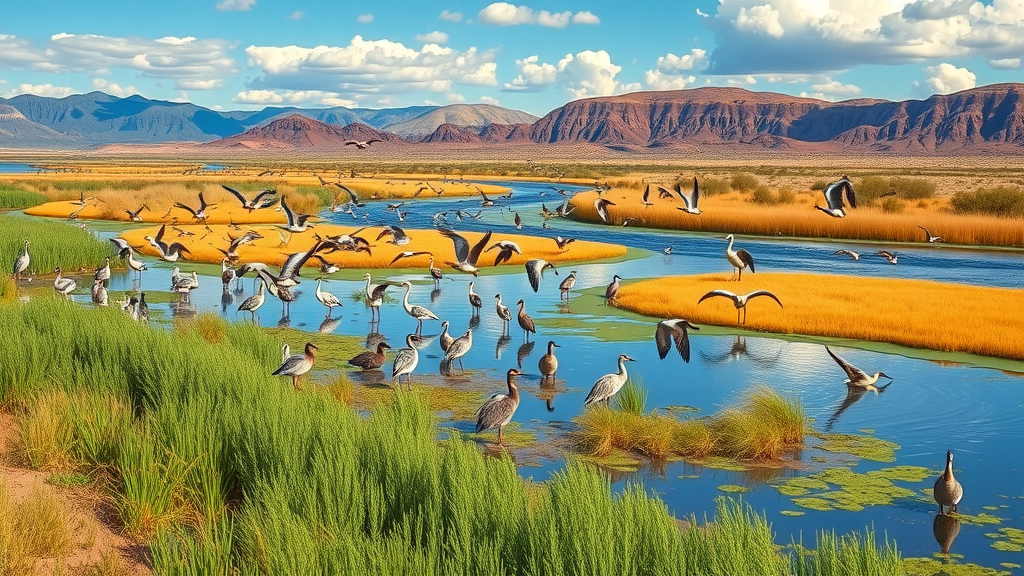
Beyond the Surface: Understanding Cibola National Wildlife Refuge’s Ecological Significance
Set against the vastness of the Arizona desert, Cibola National Wildlife Refuge functions as an essential life raft for plants and animals adapted to one of North America’s most dramatic habitats. Historically, the riverbanks and backwaters of the Colorado River formed a rich mosaic of marshes and meandering waterways. Today, much of this habitat has been lost or altered due to channelization and bank modifications, but Cibola stands as a carefully nurtured remnant—a testament to the importance of preserving original wetland environments both for their intrinsic beauty and their vital ecological roles.
For many species—especially migratory waterfowl and endangered wildlife—Cibola National Wildlife Refuge is more than just a waypoint; it is a crucial seasonal home. Imagine the scene each winter: flocks of birds, some having traveled thousands of miles, arrive to find food, shelter, and safety within this protected space. These annual migrations are a powerful reminder of how interconnected natural systems really are, and how easily they can be disrupted when key habitats disappear. Without understanding how refuges like Cibola sustain these cycles, it becomes easy to underestimate the cascade of consequences that habitat loss can unleash—not just for animals, but for future generations hoping to experience nature unspoiled.
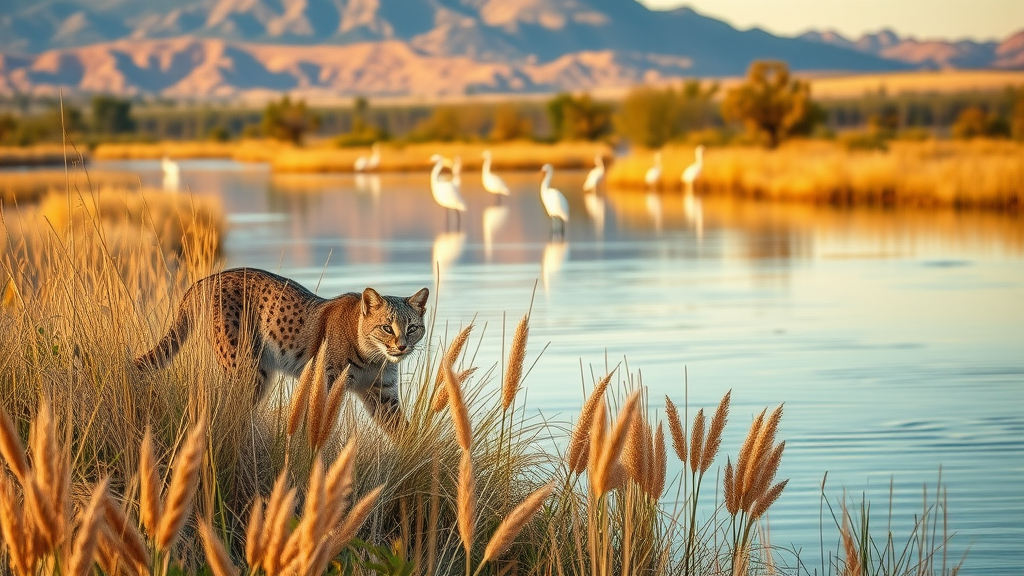
How Experiencing Cibola National Wildlife Refuge Nurtures Appreciation and Stewardship
As an expert resource managed by the U.S. Fish & Wildlife Service, Cibola National Wildlife Refuge actively demonstrates the transformative power of conservation. Within its expansive boundaries, visitors can witness firsthand how intentional restoration preserves not only a landscape but an entire web of life. For birdwatchers, photographers, and nature-lovers, the refuge’s extensive network of river channels and verdant backwaters offer unique encounters with species that have become rare across much of the Southwest. The climate may be harsh, but the life it supports stands as proof of ecological resilience and adaptation.
Visiting or exploring Cibola National Wildlife Refuge is much more than a respite from daily pressures; it is an immersion in ecosystems that highlight the critical role of water—both for wildlife and for human society. The refuge’s marshlands, carefully managed and maintained, serve as both a reminder of what natural flooding once provided and what stewardship can enable for future generations. Each season—especially during the annual migrations—offers an evolving tableau of wildlife stories, encouraging visitors to rediscover a sense of connection and responsibility toward the lands and waters they depend on. In a world where many wild spaces are shrinking, Cibola’s commitment to preserving these habitats inspires a deeper appreciation of the interwoven destinies of humans and nature alike.
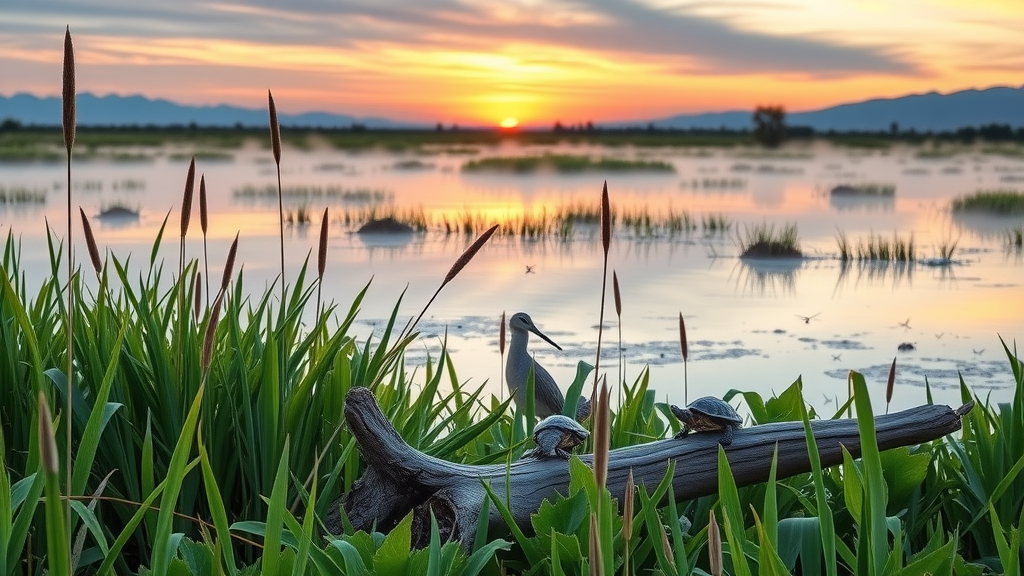
Why Preserved Wetlands and Protected Wildlife Matter More Than Ever
Preserving wetlands and wildlife habitats like those at Cibola National Wildlife Refuge brings tangible benefits not just to the creatures that inhabit them, but to everyone seeking balance, beauty, and renewal in nature. Intact marshes and riverways are powerful filters for both water and air, providing unlikely oases in a landscape marked by extreme temperatures and scarcity. For visitors, the experience is not just educational—it’s transformational, fostering respect for the unseen services these ecosystems provide, from flood mitigation to supporting biodiversity critical for a healthy planet.
The Cibola National Wildlife Refuge is a living demonstration of how human intervention can be redirected toward sustaining life rather than constraining it. Through careful habitat management and restoration, these lands maintain a delicate equilibrium that supports not just wintering waterfowl and migratory birds, but also threatened and endangered species. Each visit offers windows into natural cycles that might otherwise go unnoticed or unappreciated, helping to instill a sense of stewardship and wonder in anyone willing to look a little closer.
From Engineered Rivers to Restored Habitats: A Legacy of Adaptation
The story behind Cibola National Wildlife Refuge reflects a broader narrative of American river landscapes—one where the effort to control water once threatened the survival of countless species and now underpins ongoing efforts to give life back to these regions. Established in 1964 specifically to mitigate the adverse effects of channelization and riverbank modifications, Cibola’s mission was, and remains, to recapture some of the lost magic of the Colorado River’s original marshes and meandering backwaters.
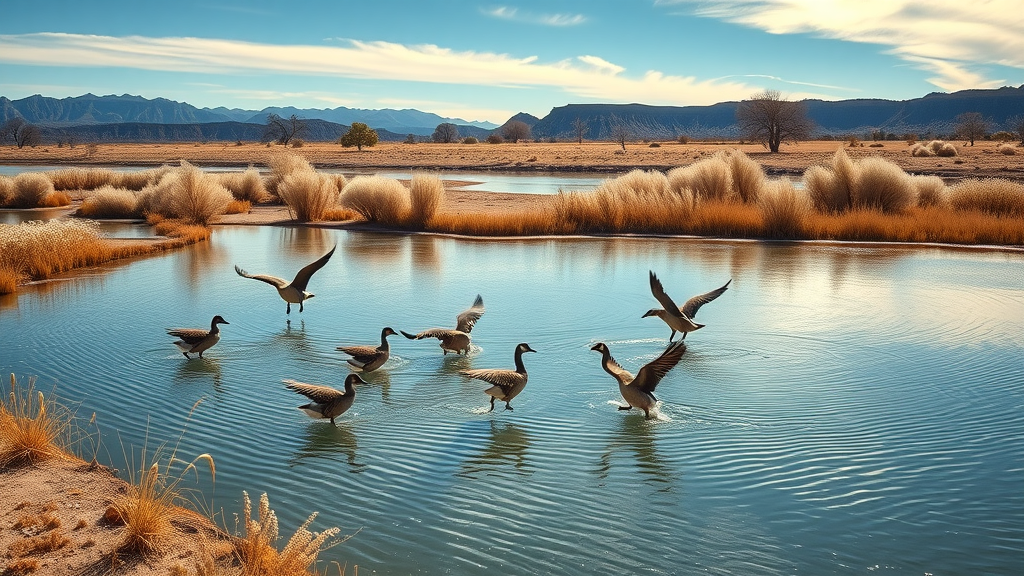
By restoring these habitats, the refuge not only recreates the natural conditions necessary for wildlife to flourish but also demonstrates a forward-thinking approach to environmental change. Visitors have the unique opportunity to stand at the crossroads of history and restoration—witnessing firsthand how reclaimed landscapes can once again teem with life and become sanctuaries for both endangered species and human appreciation. The evolving projects and seasonal events, such as annual hunt seasons and interpretive programs, further root Cibola’s reputation as an ever-adaptive guardian of wild Arizona.
Navigating Cibola: Tips for Getting the Most out of Your Visit
The Cibola National Wildlife Refuge isn’t just for expert naturalists or avid birdwatchers—it’s for anyone willing to slow down and engage with the rhythms of the wild. Visitors are encouraged to unplug from the rush of daily routines and discover natural wonders that span every corner of this refuge. Self-guided auto drives and scenic nature trails make it accessible for a morning adventure or a full day of exploration, while river access allows for peaceful camping, quiet observation, and reflective moments beside the water.
To maximize the experience, a little preparation can go a long way. Reviewing visitor brochures such as “Birds of Cibola NWR” or accessing the refuge’s online library can provide helpful background on what wildlife you might observe. Because temperatures and conditions can be extreme, planning for sun protection, hydration, and seasonal wildlife migrations ensures a more rewarding connection to the landscapes and species that give Cibola its enduring fascination.
Cibola National Wildlife Refuge’s Role in Conservation and Education
At the heart of Cibola National Wildlife Refuge’s mission is a commitment to preserving natural habitats through thoughtful stewardship and public engagement. By prioritizing the protection of endangered and threatened species, and recreating the original waterways and wetlands of the Colorado River’s past, the refuge becomes more than a destination—it serves as a living classroom. Through educational materials, visitor programs, and regular outreach, guests are not only invited to witness wildlife but to become advocates for the lasting health of the environment.
The philosophy undergirding all refuge management is a belief in the interconnectedness of natural systems: every restored marsh, every maintained backwater, and every migratory path protected affirms a vision of resilience. By highlighting the impact of conservation on a landscape shaped by both human hands and ancient geologic forces, Cibola National Wildlife Refuge positions itself as a thought leader in adaptive management and sustainable enjoyment of wild places. This dedication ensures the continuing vitality of unique ecosystems and encourages a deeper respect for the natural heritage of Arizona and the greater Southwest.
Wildlife Wonders Through a Visitor’s Eyes: Real-World Impressions
To truly capture the atmosphere of Cibola National Wildlife Refuge, first-hand visitor experiences often speak loudest. For many, it’s not just the rare birds or tranquil riverbanks that leave a lasting impression—it’s the peace and perspective that come from time spent immersed in a carefully preserved wild landscape. One reviewer, reflecting on the essence of a morning spent at the refuge, offers this insight:
Beautiful camp sites on the river. Most campers block access to the river except for themselves but there are sandy, steepish roads where they will not park that allow all campers access to the river's shore. Remote, quiet, peaceful. Picnic tables and shade covers with electrical hookups(working?). Wonderful place for bird watching and photographing. Vault toilets available. 5G with three bars Verizon service.
Experiences like this affirm the refuge’s success in balancing accessibility and preservation. Visitors discover not just opportunities for solitude and nature photography, but a revitalizing connection to wildlife that can’t be replicated elsewhere. For those who make the journey—whether for a brief morning walk, a seasonal event, or the allure of river camping—the potential for awe and inspiration is ever-present, encouraging all to take the next step in exploring and appreciating this remarkable environment.
What Cibola National Wildlife Refuge Means for Arizona’s Natural Heritage
In examining the ongoing impact of Cibola National Wildlife Refuge, the conversation always comes back to one simple truth: protected natural spaces are invaluable not only for saving species, but for enriching the human experience. As one of the last strongholds of the lower Colorado River’s original habitats, the refuge represents a profound commitment to both ecological balance and public education. Its well-curated programs, preserved landscapes, and welcoming visitor opportunities demonstrate how Cibola helps set standards for conservation far beyond its boundaries.
Those seeking a deeper understanding of wildlife and wetlands will find Cibola National Wildlife Refuge a guiding example. The refuge’s lasting value lies in its ability to foster curiosity, stewardship, and a renewed sense of wonder for Arizona’s wild spaces—making it not just a sanctuary for endangered species, but a vital resource for anyone yearning to reconnect with the marvels of our natural world.
Contact the Experts at Cibola National Wildlife Refuge
If you’d like to learn more about how Cibola National Wildlife Refuge could benefit your understanding of conservation and natural Arizona, contact the team at Cibola National Wildlife Refuge.
📍 Address: 66600 Cibola Lake Rd, Cibola, AZ 85328, USA
📞 Phone: +1 928-857-3253
🌐 Website: https://www.fws.gov/refuge/cibola
Cibola National Wildlife Refuge Location and Hours
🕒 Hours of Operation:
📅 Monday: ❌ Closed
📅 Tuesday: ❌ Closed
📅 Wednesday: 10:00 AM – 4:00 PM
📅 Thursday: 10:00 AM – 4:00 PM
📅 Friday: 10:00 AM – 4:00 PM
📅 Saturday: 10:00 AM – 4:00 PM
📅 Sunday: 10:00 AM – 4:00 PM
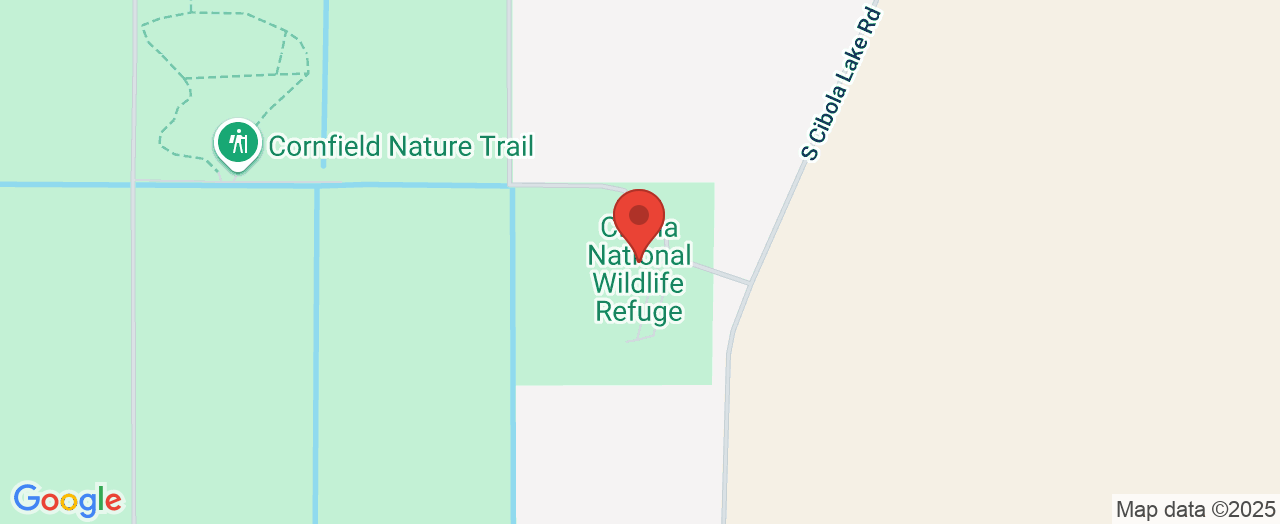
 Add Row
Add Row  Add
Add 





Write A Comment